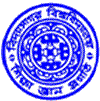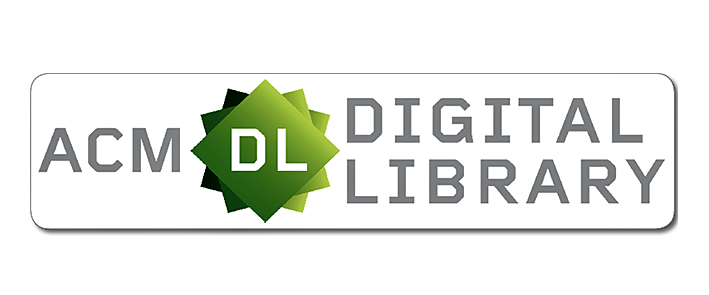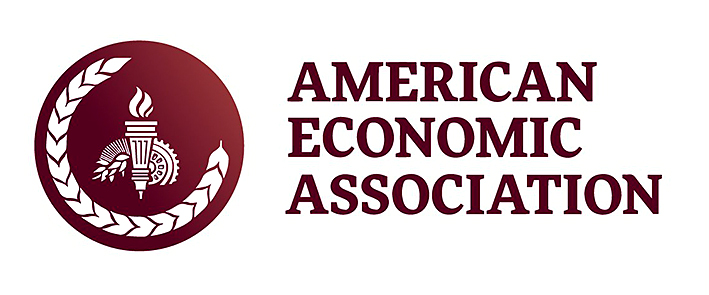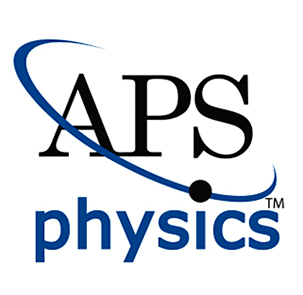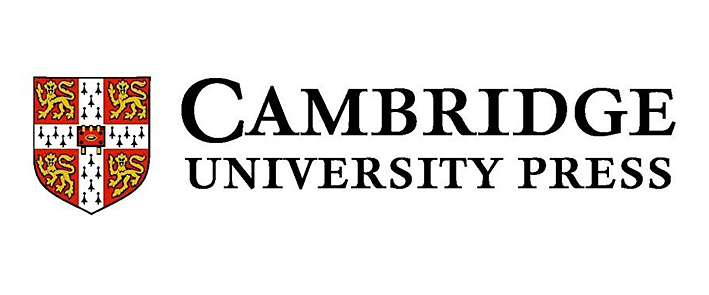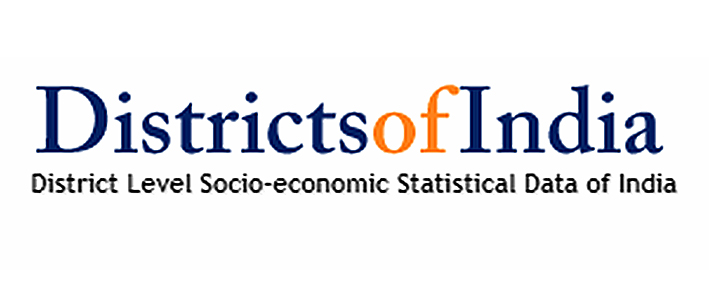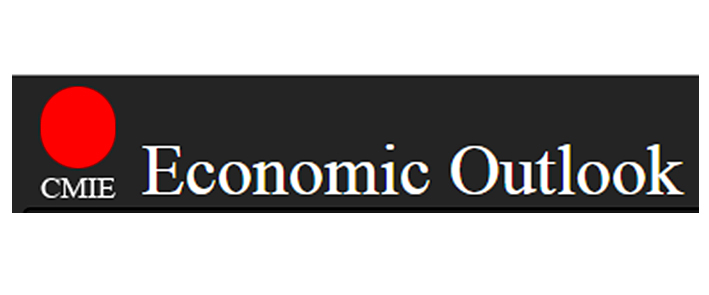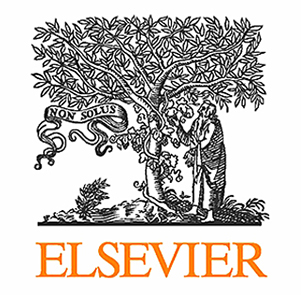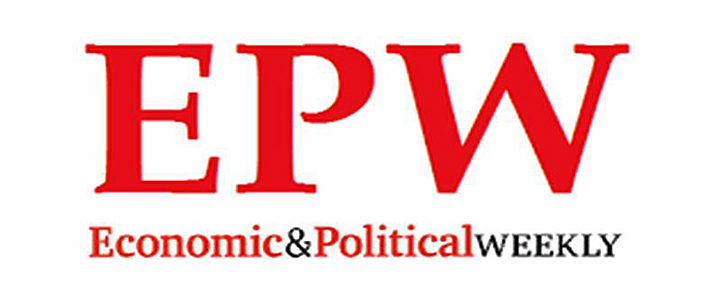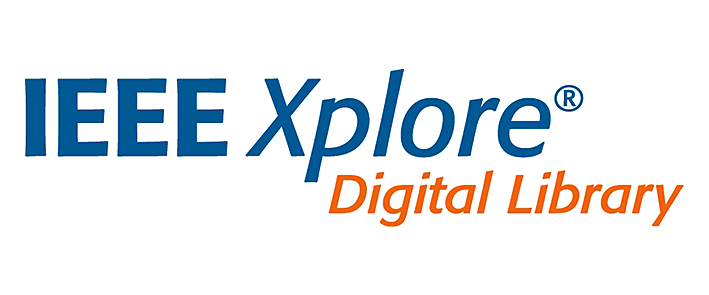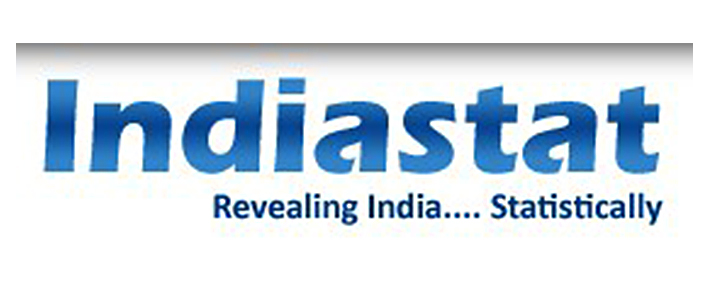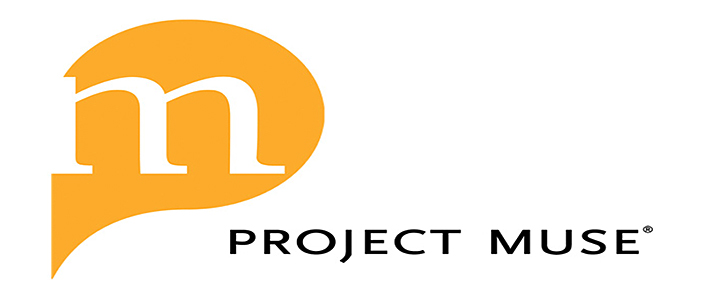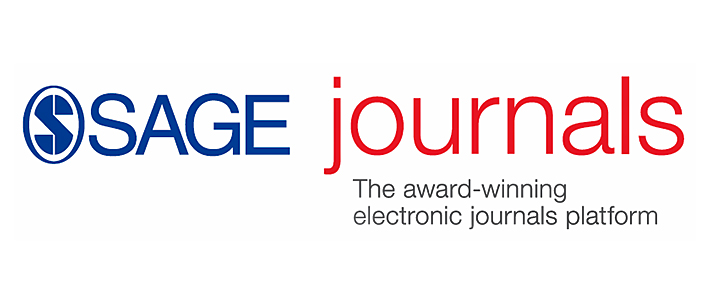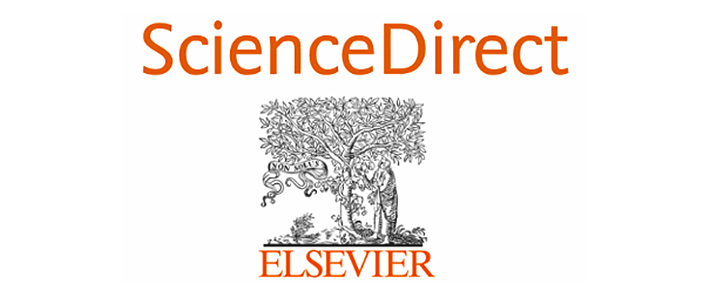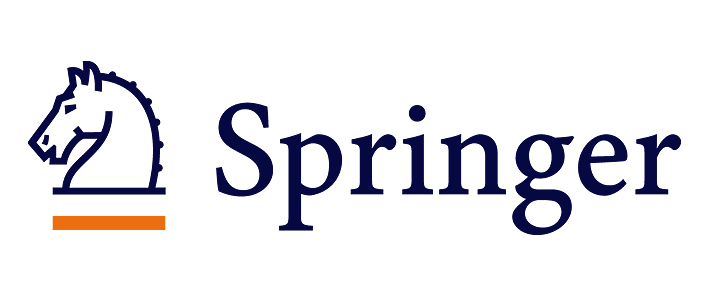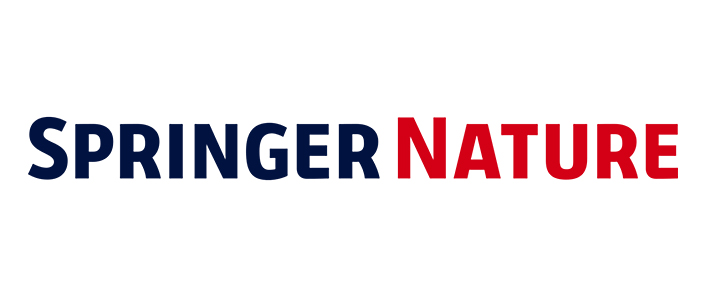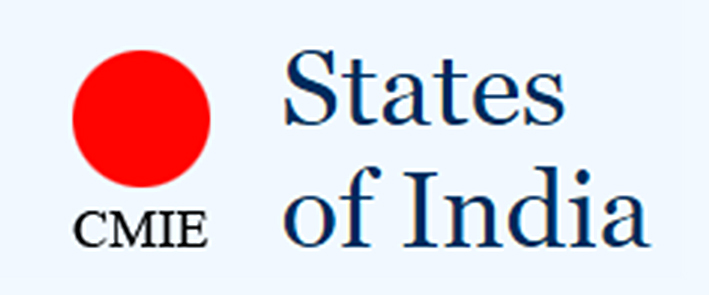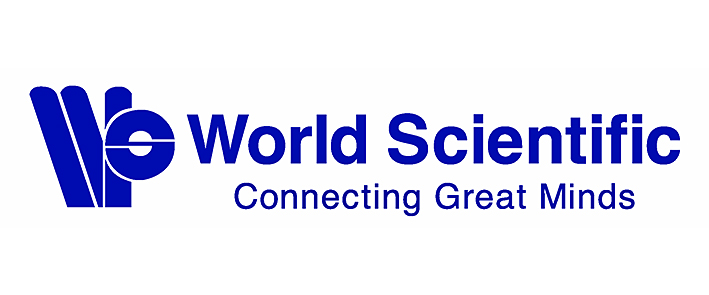| 000 -LEADER |
|---|
| fixed length control field |
02015nam a22002777a 4500 |
| 003 - CONTROL NUMBER IDENTIFIER |
|---|
| control field |
IN-MiVU |
| 005 - DATE AND TIME OF LATEST TRANSACTION |
|---|
| control field |
20210226142430.0 |
| 006 - FIXED-LENGTH DATA ELEMENTS--ADDITIONAL MATERIAL CHARACTERISTICS |
|---|
| fixed length control field |
m|||||o||d| 00| 0 |
| 008 - FIXED-LENGTH DATA ELEMENTS--GENERAL INFORMATION |
|---|
| fixed length control field |
180508s2010 xxu||||go|||| 00| 0 eng d |
| 020 ## - INTERNATIONAL STANDARD BOOK NUMBER |
|---|
| International Standard Book Number |
9780511600807 |
| 040 ## - CATALOGING SOURCE |
|---|
| Original cataloging agency |
MAIN |
| Language of cataloging |
eng |
| Transcribing agency |
IN-MiVU |
| 041 0# - LANGUAGE CODE |
|---|
| Language code of text/sound track or separate title |
eng |
| 082 04 - DEWEY DECIMAL CLASSIFICATION NUMBER |
|---|
| Classification number |
551.00151535 |
| Item number |
BEN/I |
| 100 1# - MAIN ENTRY--PERSONAL NAME |
|---|
| Personal name |
Bennett, Andrew F. |
| 245 10 - TITLE STATEMENT |
|---|
| Title |
Inverse Methods in Physical Oceanography [ electronic resource ] / |
| Statement of responsibility, etc. |
by Andrew F. Bennett. |
| 260 3# - PUBLICATION, DISTRIBUTION, ETC. |
|---|
| Place of publication, distribution, etc. |
Cambridge: |
| Name of publisher, distributor, etc. |
Cambridge University Press , |
| Date of publication, distribution, etc. |
2010. |
| 440 #0 - SERIES STATEMENT/ADDED ENTRY--TITLE |
|---|
| Title |
Cambridge Monographs on Mechanics |
| 520 ## - SUMMARY, ETC. |
|---|
| Summary, etc. |
Observations of ocean circulation have increased as a result of international field programmes and of remote sensing systems on artificial earth satellites. Oceanographers are increasingly turning to inverse methods for combining these observations with numerical models of ocean circulation. Professor Bennett's work explores the potential for inverse theory, emphasizing possibilities rather than expedient or rudimentary applications. In addition to interpolating the data and adding realism to the model solutions, the methods can yield estimates for unobserved flow variables, forcing fields, and model parameters. Inverse formulations can resolve ill-posed modelling problems, lead to design criteria for oceanic observing systems, and enable the testing of models as scientific hypothesis. Exercises of varying difficulty rehearse technical skills and supplement the central theoretical development. Thus this book will be invaluable for environmental scientists and engineers, advanced undergraduates in applied mathematics, and graduate students in physical oceanography. |
| 650 10 - SUBJECT ADDED ENTRY--TOPICAL TERM |
|---|
| Topical term or geographic name entry element |
Oceanography and Marine Science |
| 650 10 - SUBJECT ADDED ENTRY--TOPICAL TERM |
|---|
| Topical term or geographic name entry element |
Fluid Dynamics and Solid Mechanics |
| 650 10 - SUBJECT ADDED ENTRY--TOPICAL TERM |
|---|
| Topical term or geographic name entry element |
Earth and Environmental Sciences |
| 650 10 - SUBJECT ADDED ENTRY--TOPICAL TERM |
|---|
| Topical term or geographic name entry element |
Mathematics |
| 655 #4 - INDEX TERM--GENRE/FORM |
|---|
| Genre/form data or focus term |
Electronic books |
| 856 40 - ELECTRONIC LOCATION AND ACCESS |
|---|
| Uniform Resource Identifier |
<a href="https://doi.org/10.1017/CBO9780511600807">https://doi.org/10.1017/CBO9780511600807</a> |
| Link text |
https://doi.org/10.1017/CBO9780511600807 |
| Public note |
View to click |
| 942 ## - ADDED ENTRY ELEMENTS (KOHA) |
|---|
| Source of classification or shelving scheme |
|
| Koha item type |
E-Book |
